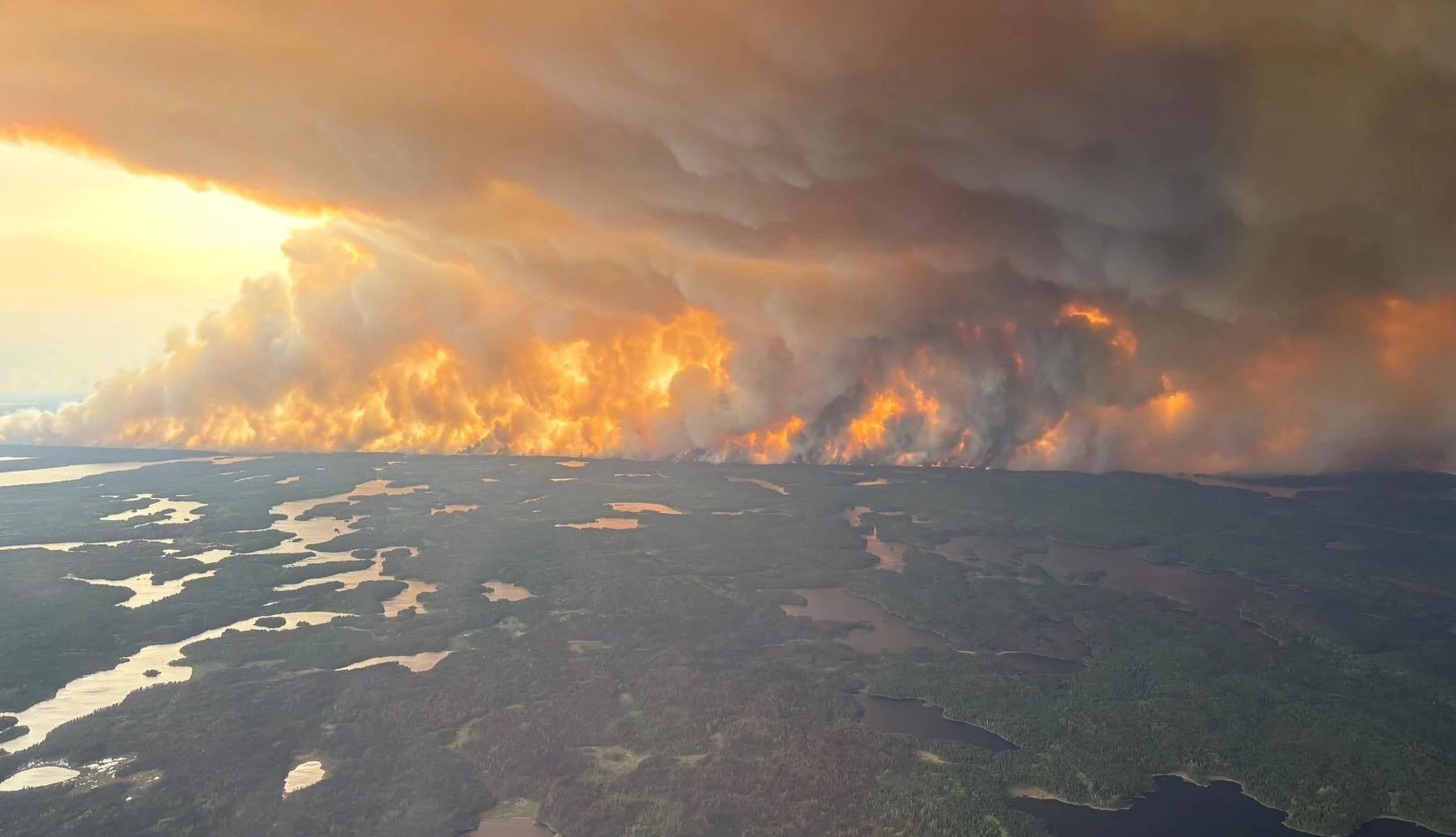AARP Hearing Center


As smoke from Canadian wildfires envelops outdoor areas, the air you breathe inside your home can suffer too..
Wildfires should get people thinking about whether their indoor air quality has been compromised, particularly if they are older or have health issues, says Delphine Farmer, a professor of chemistry at Colorado State University in Fort Collins.
“When the air outside is really bad, it’s usually better inside,” she says. “But when it’s such an extreme pollution event ... the indoor air is going to be heavily influenced by the outside.”
Thankfully, there are plenty of ways to prevent smoke from creeping in and to improve the overall quality of indoor air. To keep wildfire smoke outside, the Environmental Protection Agency suggests taking these steps:
- Keep doors and windows closed. The American Lung Association says tucking damp towels along the bottom of windows and doors can help keep smoke out.
- Set your HVAC system to recirculate mode or close the outdoor intake damper.
- If you use a window air conditioner, be sure to close the outdoor air damper; if you can't close it, don't use it. Also, be sure that the seal between the air conditioner and the window is as tight as possible.
- Avoid using an evaporative cooler or a whole-house fan that pulls in air from outside.
- Use a portable air cleaner with a high-efficiency particulate air (HEPA) filter or with a high Minimum Efficiency Reporting Value (MERV), which measures a filter’s ability to absorb larger particles. A filter with as high a MERV value as your HVAC system can handle will result in cleaner air.
- If you don’t have access to a portable air cleaner, you can create a DIY air cleaner.
Wildfire and other pollutants are a problem
Smoke from wildfires isn’t the only thing that can affect indoor air quality. Smoking, frying or broiling food, burning candles or incense and using a vacuum cleaner that does not have a HEPA filter can all have a negative impact. Common home pollutants like asbestos, radon, mold and household chemicals can make your indoor air dirty too.
In fact, the EPA estimates that indoor air might be two to five times more polluted than outdoor air.
In general, strategies such as proper ventilation and low-cost fixes like air purifiers and filters can all help. While green plants may look nice, experts say they don’t significantly impact home air quality.
Here are some ways to clean up your home’s air environment during a wildfire event and all year round.
Improve ventilation
Most people don’t think about indoor air quality unless they experience health symptoms that can include headaches, aggravated allergies, elevated asthma, fatigue, coughing, dry eyes and skin rashes.
“We know that particles — aerosols or small solids or liquids suspended in the air, like dust, smoke, smog or oil from cooking — have negative health effects ranging from respiratory lung disease to cardiovascular issues,” Farmer says.
An indoor air quality monitor will tell you the level of particles you have in your house — though be skeptical of those that claim to detect everything— but you can also just use your nose, suggests Farmer.



































































More From AARP
7 Ways to Protect Your Home from Wildfires
New materials, landscaping help prevent fires from spreadingHow to Prepare for a Wildfire
Plan, prepare, practice — and don't wait to leave